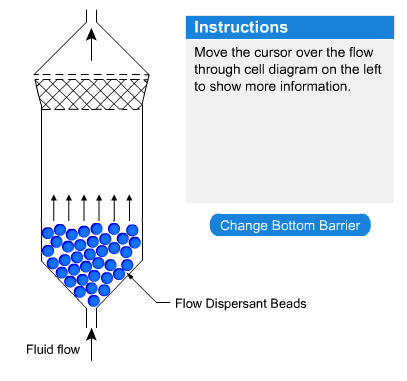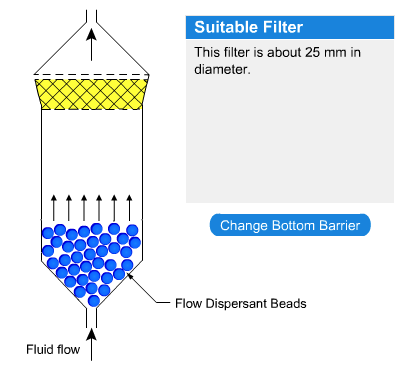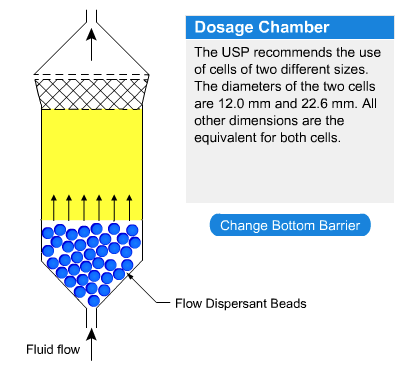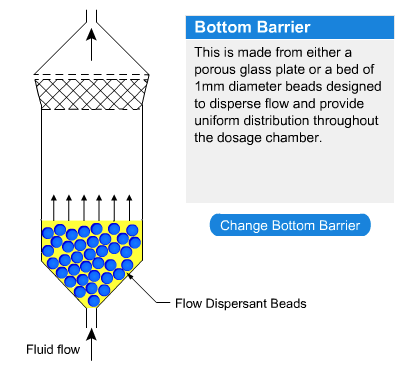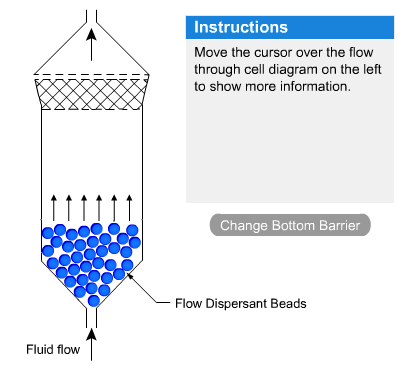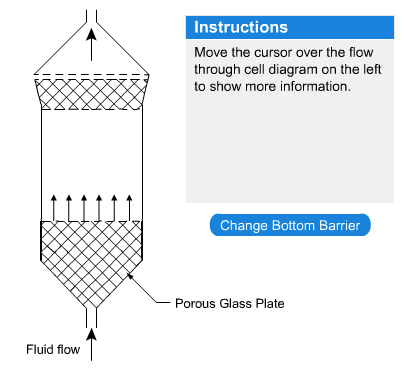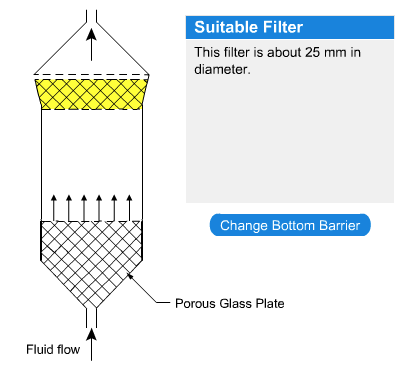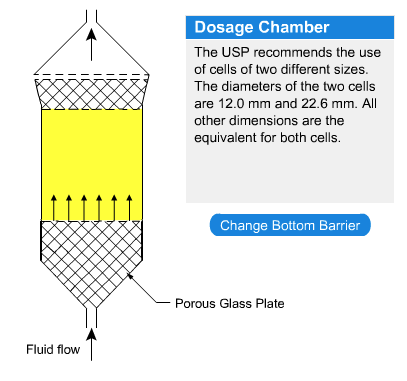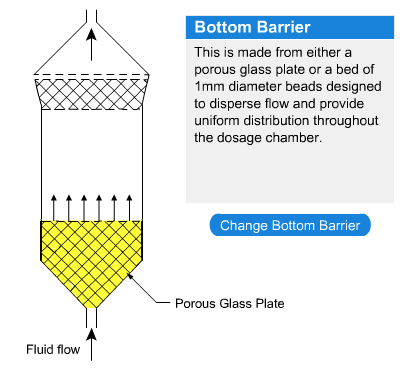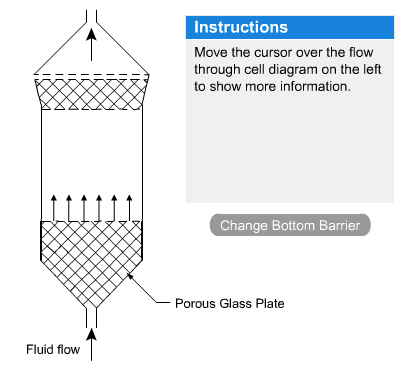Dissolution and Drug Release Testing Apparatus
- Introduction
- USP Apparatus 1
Rotating Basket - USP Apparatus 2
Rotating Paddle - USP Apparatus 3
Reciprocating Cylinder - USP Apparatus 4
Flow Through Cell - USP Apparatus 5
Paddle Over Disk - USP Apparatus 6
Rotating Cylinder - USP Apparatus 7
Reciprocating Holder
Over time, a number of different devices were designed which were able to discriminate between subtle variations in dosage form development and manufacture. Dissolution apparatus evolved to prepare a sample under controlled conditions (such as agitation rate, media temperature and composition and overall equipment design), thereby making the test repeatable.
Essentially, all these forms of apparatus involve providing a renewable solid/liquid interface between the dosage form and the dissolution fluid that can be defined and controlled.

Apparatus 1 was the first developed in the 1960s and consists of a shaft with a stirring 40-mesh basket that is rotated continuously in typically 900 mL of media. It is primarily used for testing beads, tablets and capsules that would otherwise float; the basket ensures the dosage form is completely immersed in the media. Modified release forms and surfactants may also be tested in this way.
Early dissolution chemists used a convex flask but the hemispheric vessel (shown) is now the official dissolution vessel.

The second type of dissolution apparatus, developed in the early 70s, consists of a stainless steel or teflon coated shaft with a paddle that is continuously rotated in typically 900 mL of media, in which surfactants may be present. The dosage form rests at the bottom of the vessel, sometimes weighted down with a wire sinker that prevents lighter forms from floating to the surface.
Paddle dimensions are extremely critical as any change in the surface area of the paddle will change the stirring characteristics and hydrodynamics of the system. This apparatus has been found to be useful for immediate and modified release forms.

The Reciprocating Cylinder consists of a 100 mm glass cylinder with a mesh screen at the bottom and, optionally, at the top. It is useful for pH profiling and in the dissolution testing of beads. The dosage form is introduced into this cylinder which is attached to a reciprocating shaft.



The Paddle-Over-Disk Apparatus is typically used for transdermal patches. The paddle dimensions and vessel configuration remain consistent with those used in Apparatus 2 except that the dosage unit is attached to a wire mesh screen. The paddle height is positioned 2.5 cm above the surface of the screen. 900 mL of medium is typically used. Medium temperatures are generally kept at 32 ºC ± 0.5 ºC (skin temperature) for patches.
This configuration can also be used for ointments, floating dosage forms, bolus forms, and emulsions. In these cases, the medium temperature would be set accordingly and the dosage forms would be held below the screen.

This apparatus is used to test transdermal patches and is similar to Apparatus 1. However, instead of a rotating basket, there is a rotating cylinder. The patch is generally attached to a piece of Cuprophan (a dialysis membrane material like cellulose acetate) and glued to the outside of the cylinder. The system is then lowered into a specified volume of medium (typically 900 mL) that is held at a constant 32ºC ± 0.5 ºC and rotated at a constant rate until the active ingredient from the patch has passed into solution.



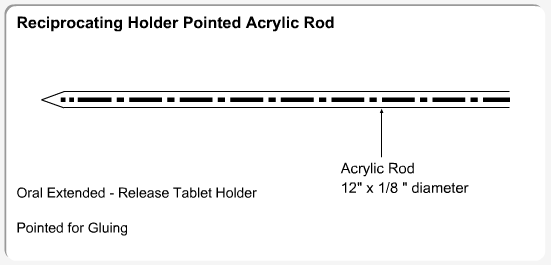
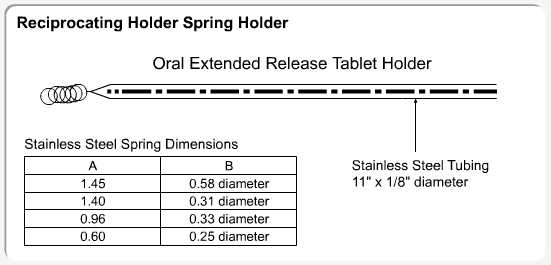
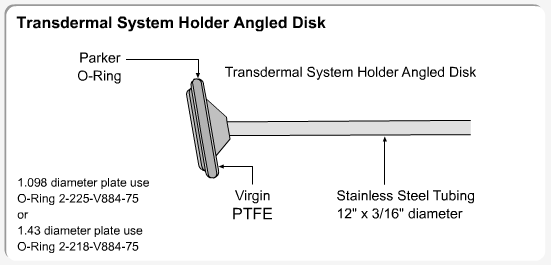
The reciprocating holder is used for testing transdermal patches, various modified release dosage forms, pH profiling and, typically, those dosage forms that only require small volumes in which to dissolve. A 20 - 300 mL vessel may be used with a variety of specialized reciprocating holders. The dosage forms are inserted into the holders, which move up and down to agitate the media. The five official USP reciprocating holders are shown above.
Click each reciprocating holder to view more detailed diagram.







